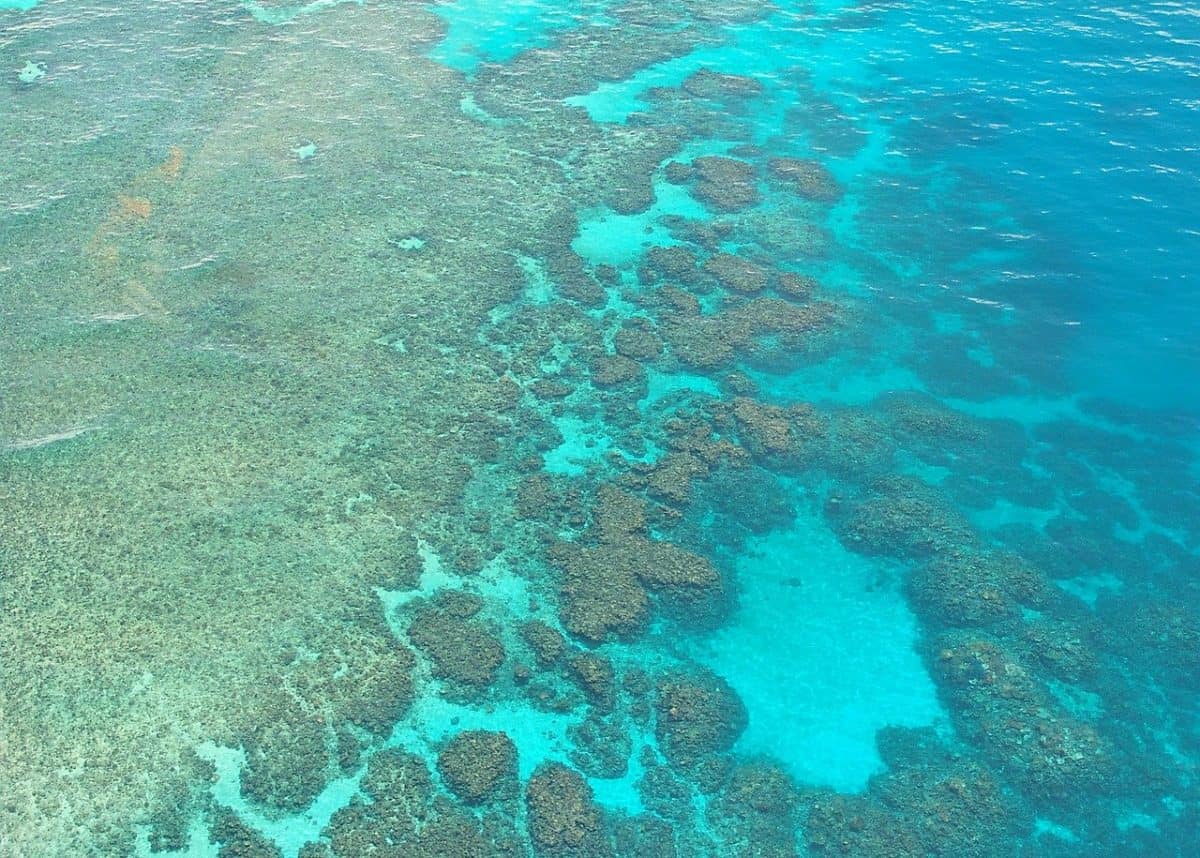Minister for the Environment, Sussan Ley, and Special Envoy for the Great Barrier Reef, Warren Entsch, have called on Australians to support the first ‘Great Reef Census’ which will see boats deployed across the 2,300 kilometre length of the world famous landmark.
Launched in Queensland on Thursday by Citizens of the Great Barrier Reef and funded by the Great Barrier Reef Foundation, the Great Reef Census, will, over the next 10 weeks, collect underwater images across 100 priority reefs to help inform key management and research decisions.
As well as involving reef experts, the tourism industry and citizen scientists in the collection of the images, the project will engage people from around the country in analysing the images that will be published online over the coming months.
Telling the reef’s diverse story
“This is a wonderful initiative and an important step in telling the diverse story of a reef that covers 344,000 square kilometres and some 3,000 individual reefs,” Ley said.
“The sheer size of the reef means that it can be very hard to capture the whole story.”
She continued: “This week’s Federal Budget includes funding that will engage tourism operators in targeted surveillance and conservation projects and the Great Reef Census will add another important dimension.
“The Great Barrier Reef faces significant climate challenges but it is also remains a spectacular marine environment that we are working hard to protect.”
Australians urged to participate
Warren Entsch, was appointed to the Special Envoy role after the May 2019 election to consult with scientists, community groups and others, register to take part in the analysis by visiting https://greatreefcensus.org/
According to the website, “the Great Reef Census is an innovative and world-first citizen science effort to survey the Great Barrier Reef”.
“There are so many parts to the reef that it is hard for people to appreciate the whole story,” Entsch noted.
Understand its wonderful complexity
“There are magnificent places to visit, parts that are under stress, parts that are recovering from bleaching and cyclone damage.
“This is a project that is backed by the Federal Government through the Reef Trust and the Great Barrier Reef Foundation and which has the support of Universities, the Australian Institute of Marine Science and the Great Barrier Reef Marine Park Authority.
Entsch added: “As people are engaged in this project, both on the water and in reporting on images online, I think it will help them understand the wonderful complexity of the Reef and the ways people are working together to protect its future.”








 Explore top-rated compensation lawyers in Brisbane! Offering expert legal help for your claim. Your victory is our priority!
Explore top-rated compensation lawyers in Brisbane! Offering expert legal help for your claim. Your victory is our priority! 

 "
"


